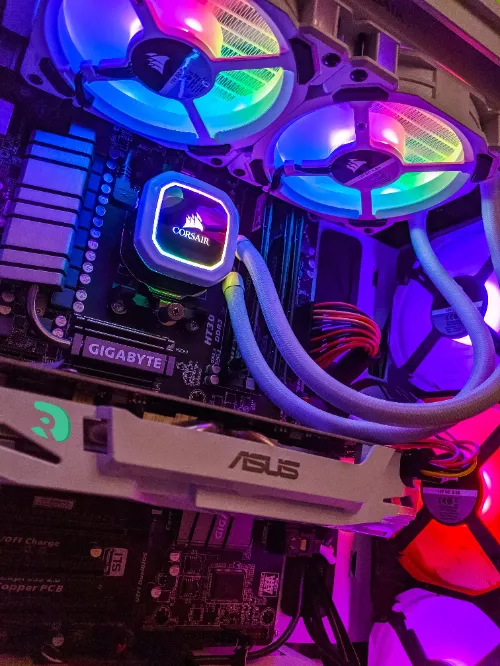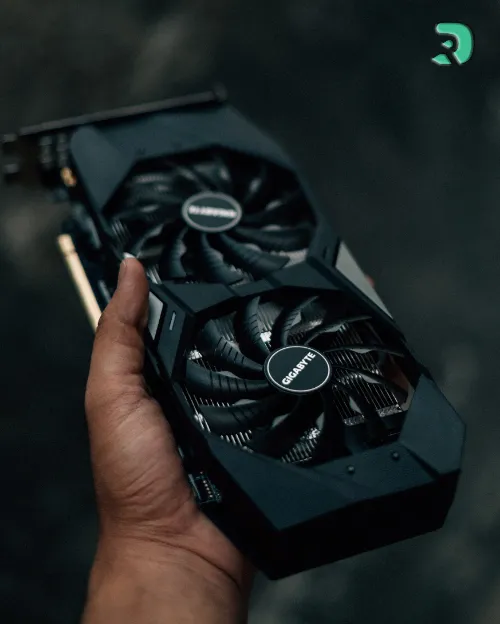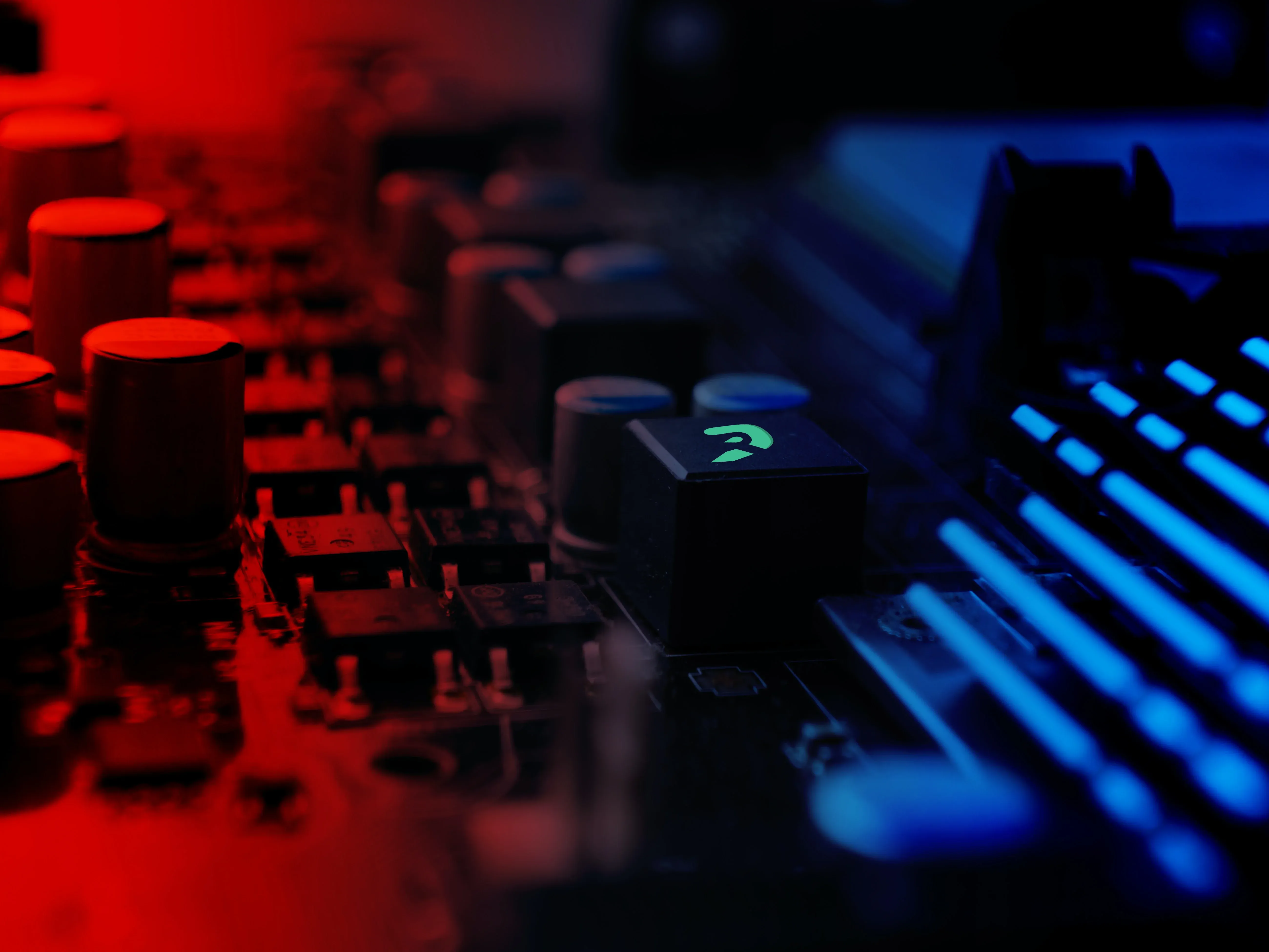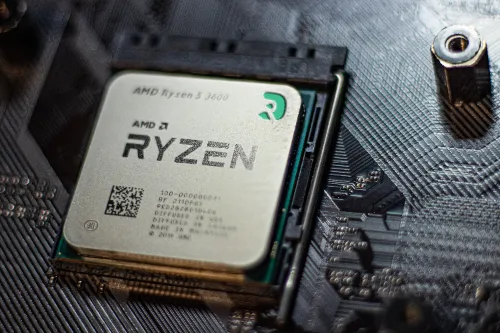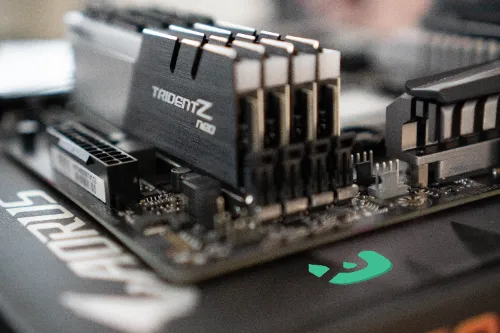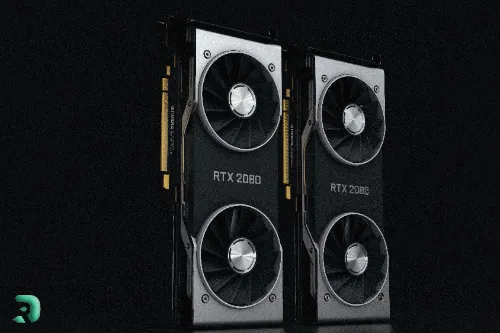
The modern digital world relies heavily on graphics cards, these key components that transform complex data into visually stunning images. In the gaming realm, artistic creation, and graphics-intensive applications, the quality of your graphics card can make all the difference. That's why we invite you to delve into our guide to discover the most powerful graphics cards without compromising your budget. Get ready to explore the intricacies of visual power and find the perfect GPU for your needs, all thanks to DropReference, your ultimate resource for price and performance comparison.
Graphics cards, true artisans of the digital visual world, play an essential role in transforming data into captivating images. Whether you are a passionate gamer, a creative individual, or a professional, understanding the fundamentals of graphics cards is crucial for maximizing the visual experience of your applications.
At the heart of every graphics card lies the graphics chip, often referred to as the GPU (Graphics Processing Unit). It is the brain that processes and executes the complex calculations needed to display visuals in real time. The power of this GPU determines the smoothness of motion, texture quality, and image resolution in your games and graphic applications.
Another crucial element is video memory, which temporarily stores the data needed to display images on the screen. The larger the video memory, the more data the graphics card can handle, resulting in better graphic quality and a smoother gaming experience, especially at high resolutions.
The GPU frequency, expressed in hertz (Hz), indicates how quickly the GPU can process data. A higher frequency means faster calculations and improved graphic performance. Additionally, technologies such as ray tracing and DLSS (Deep Learning Super Sampling) play an essential role in enhancing graphics by simulating light effects and intelligently increasing resolution for a stunning visual experience.
When looking for the ideal graphics card, it is important to consider these key elements, as well as other technical specifications like the number of CUDA cores, memory bandwidth, and the type of GDDR memory (Graphics Double Data Rate). These components work together to create an immersive and dynamic visual rendering, whether in your favorite games or demanding creative projects.

